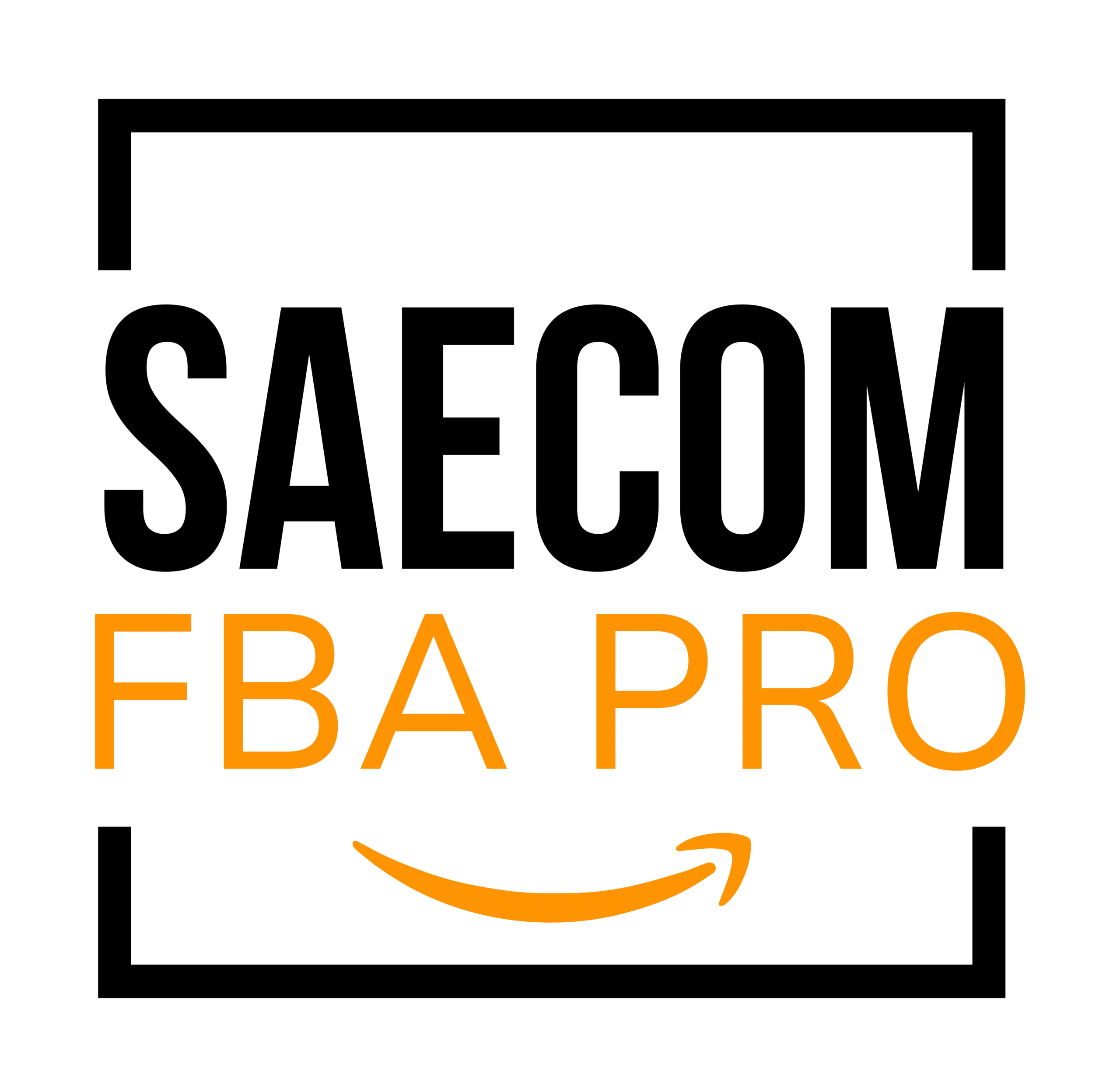Amazon Vendor Central: How It Works and What to Expect
Have you been invited to join Amazon Vendor Central and aren’t sure what your next steps should be?
With over 9.7 million sellers worldwide, Amazon remains the dominant force in the e-commerce space. Among these countless third-party brands, Amazon frequently extends new opportunities to promising suppliers.
When you first start selling on Amazon, it’s natural to feel overwhelmed by the different selling models. You’ll encounter third-party sellers and first-party vendors. While third-party sellers operate through Amazon Seller Central, vendors conduct their business through Vendor Central.
To become a vendor, you’ll need an official invitation from Amazon. If you’ve received one, you’re likely curious about how this platform works and how it can help you boost your visibility and sales.
This guide will break down Amazon Vendor Central for you, including its benefits, limitations, and how you can succeed with it.
What Is Amazon Vendor Central?

Amazon Vendor Central is a platform created specifically for suppliers and wholesalers. But what exactly makes a vendor different from a seller? In simple terms, vendors sell their products directly to Amazon, not to individual shoppers.
Here’s how the process works:
- Amazon sends a purchase order for the items it wants.
- You fulfill the order and send the products to Amazon.
- Amazon pays you for the inventory.
After purchasing your products, Amazon lists them under its own brand and sells them to end customers.
Unlike sellers who manage listings and customer service, vendors use Vendor Central to monitor orders, inventory, and marketing campaigns. As a vendor, Amazon acts as your primary customer, streamlining your operations — though some challenges come with this model, which we’ll cover later.
How Vendor Central Differs from Seller Central
The biggest distinction between Seller Central and Vendor Central lies in the target audience and business model.
Sellers use Seller Central to sell directly to customers through Amazon’s marketplace. They’re responsible for product listings, pricing, fulfillment, and customer service, and they have access to various tools tailored for managing consumer-facing sales.
In contrast, Vendor Central is built for wholesalers who sell in bulk to Amazon. The platform provides tools specifically designed for this wholesale relationship.
When you sell as a vendor, your products and marketing efforts are directed solely at Amazon, not individual customers. You’ll set wholesale pricing and track sales and performance against other suppliers in your category.
Since Amazon is your only customer, you won’t need to manage direct-to-consumer sales, niche marketing, or customer support.
Vendor Central Requirements
Vendor Central is an exclusive, invite-only platform. Amazon’s vendor recruitment teams actively scout for brands and suppliers offering products that could fit well within Amazon’s catalog.
Typically, Amazon seeks out:
- Marketplace sellers with a strong sales record and product demand.
- Brands showcasing new, innovative products at trade shows and industry events.
If Amazon identifies your brand as a good fit, you’ll receive an invitation via email. This invitation will explain the program details, business terms, and an offer that you can either accept or negotiate.
Once you agree to the terms, Amazon will create your Vendor Central account, allowing you to start uploading product listings and managing your supplier profile.
Key Features of Vendor Central

Much like Seller Central, Vendor Central provides a comprehensive dashboard for managing various aspects of your wholesale business.
The inventory management system allows vendors to create and manage product listings, monitor stock levels, and track order statuses. Additionally, vendors have access to detailed product performance and sales reports to fine-tune marketing, pricing, and inventory decisions.
Performance metrics are also available, helping vendors assess their operational efficiency and sales outcomes.
Tools Available for Vendors
Although Vendor Central doesn’t offer the same extensive toolset as Seller Central, several helpful tools are available for suppliers:
- Supplier Automation: Vendors using direct fulfillment can automate packing slips, shipping labels, and order confirmations sent to Amazon.
- Sellics: A popular platform for SEO optimization, review monitoring, Buy Box tracking, and advertising management. It also integrates with Seller Central.
- Jazva: A multi-channel e-commerce platform supporting vendor operations.
- TPSynergie: Integrates with Amazon EDI, linking inventory management systems, shopping carts, and ERPs for smoother order processing.
Vendor Central Costs
Vendor Central doesn’t operate with typical subscription or commission fees. Instead, vendors pay three types of allowances:
- Damage Allowance: A percentage (usually 2–3%) deducted for damaged products, which Amazon won’t return.
- Market Development Fund (MDF): A fee covering marketing and operational costs, ranging between 5–15%, commonly around 10%.
- Shipping Allowance: Typically 2–3%, helping Amazon offset costs when collecting inventory from your location using their logistics network.
Pros and Cons of Amazon Vendor Central

There are many reasons why brands might consider joining Vendor Central, though it comes with its own pros and cons.
The primary benefit is expanded reach. Vendors can maintain a direct-to-consumer presence through Seller Central while also wholesaling select products to Amazon via Vendor Central.
Advantages:
Brands looking to avoid direct customer management can focus exclusively on bulk supply. Even though Vendor Central may not offer as many tools as Seller Central, it still provides valuable reporting and inventory management features.
Furthermore, vendors can take advantage of Amazon’s services for logistics, payment processing, and order fulfillment.
Disadvantages:
Challenges include limited control over product listings since Amazon manages product descriptions and images. Additionally, pricing is often determined by Amazon algorithms, which might not align with your preferred pricing strategy.
The vendor platform also faces fierce competition from other suppliers. With restricted branding opportunities and limited control over pricing and listings, vendors may find it difficult to differentiate their products and maintain steady revenue growth.
Tips to Succeed on Amazon Vendor Central
To get the most out of Vendor Central, brands should approach it with a clear, focused strategy. Some best practices include:
- Smart Pricing: Although Amazon controls final pricing, set your wholesale rates strategically based on thorough market research.
- Optimize Listings: Use high-quality images, compelling product descriptions, and targeted keywords to improve your listings’ appeal.
- Leverage Available Tools: Even with fewer tools than Seller Central, use Vendor Central’s features for inventory management and reporting.
- Efficient Inventory Management: Avoid stockouts by carefully managing your inventory levels and forecasting demand trends.
- Track Key Metrics: Monitor sales figures, reviews, return rates, and other performance indicators to refine your vendor strategy over time.
Marketing Strategies on Amazon Vendor Central
To outperform competitors, vendors should invest in marketing and advertising within Vendor Central. Here are a few options available:
SEO:
Amazon operates a powerful e-commerce search engine. Vendors should conduct thorough keyword research and optimize product listings with relevant keywords. This includes placing keywords in titles, bullet points, descriptions, and backend fields. Avoid keyword stuffing, as it harms your rankings and violates Amazon’s guidelines. Focus on writing listings that appeal to both Amazon’s systems and human readers.
Product Descriptions:
Vendors should craft clear, benefit-driven descriptions. Since the audience is Amazon itself — not end consumers — the focus should be on presenting the product in a way that highlights its quality, reliability, and value to Amazon as a buyer.
Promotions:
Running promotions like bundles, discounts, and limited-time deals can help vendors catch Amazon’s attention and drive bulk orders.
Advertising:
Leverage Amazon’s advertising solutions like Sponsored Brands, Sponsored Display, and Sponsored Products to boost your product visibility and improve sales performance.
Mastering Amazon Vendor Central
If you’re a high-performing Amazon seller, an invitation to Vendor Central could be your next big opportunity. As a vendor, you’ll supply products in bulk to Amazon, which then resells them under its own brand.
That said, Vendor Central isn’t ideal for everyone. If your store growth isn’t meeting expectations, or you’re unsure about managing vendor operations, consider professional assistance.
Partnering with SAECOM FBA Pro gives you access to expert Amazon consultants who understand how to navigate Vendor Central’s complexities. They’ll align your strategies with your business goals and help you achieve measurable, scalable results.


